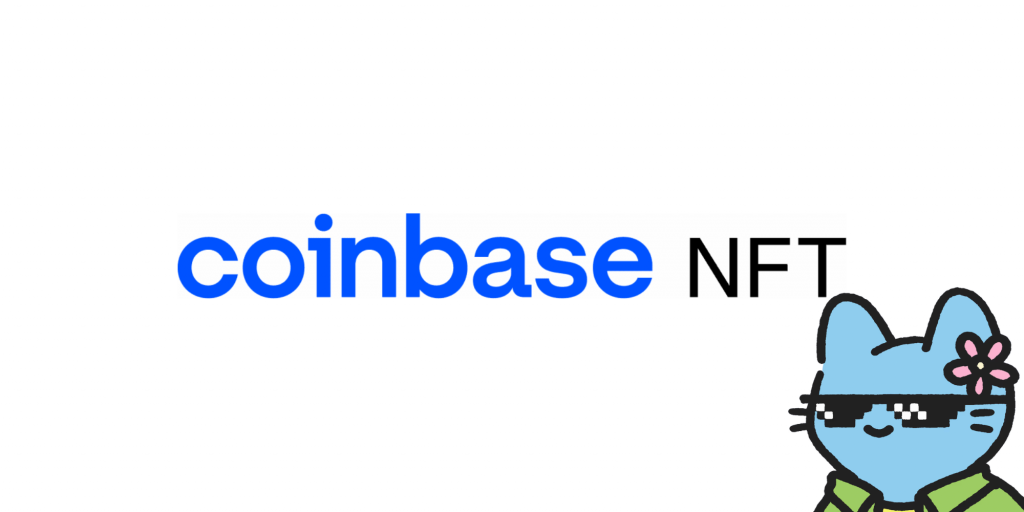A non-fungible token (NFT) is a physical or digital asset recorded on the blockchain.
In 2022, an estimated four percent of Americans (9.3 million people) said they own NFTs– a 100% increase from 2021 shows that NFT ownership is rising.
As ownership continues to increase, so will the demand for scalable storage solutions. Many of the current storage solutions lack scalability, which limits how many NFTs people can own- particularly if they have larger collections.
In this article, we’ll cover four different storage solutions, which are the most scalable, and the benefits and challenges of each.
Let’s get started.
Software Wallets- MetaMask
MetaMask was launched in 2016 by Consensys, a blockchain software technology company based in New York City. It’s the most popular decentralized wallet in the world, with around 21 million monthly active users.
Although the wallet was created for cryptocurrency, MetaMask is also popular for buying and storing NFTs. It lets users store and manage their private and public keys, connect to decentralized exchanges such as UniSwap and PancakeSwap, and buy and sell NFTs.
MetaMask is relatively friendly for new investors and can be installed through the Google Store. MetaMask also has an in-depth FAQ Page for investors who want to learn more about the wallet, how to trade cryptocurrency, and how to store NFTs.
MetaMask is consistently connected to a decentralized ledger and, in theory, shouldn’t have any issues regarding scalability on the backend. As long as the blockchain is scalable, operations between the wallet and the blockchain should be scalable too.
The only area where MetaMask falls short is when it comes to security. MetaMask is constantly online and, as a result, can never be as secure as hardware wallets (which we’ll cover below.) Though MetaMask has never been hacked, its users have been prone to phishing scams, including one that cost a wallet holder $650,000 after believing they were giving their details to an Apple employee.
Other popular hardware wallets for NFTs include Math Wallet, Coinbase Wallet, and Trust Wallet, which Binance owns. However, for decentralized NFT storage, MetaMask remains the best option.
Hardware Wallets
Hardware wallets are the most secure option for NFT storage as all digital assets are stored offline- making them impossible to hack. This makes hardware wallets a great option for collectors who want to store their NFTs for the long run.
The most popular hardware wallets are Ledger and Trezor, which will cost anywhere from $80 to $300+ for the latest models. Once an NFT has been stored in the wallet and the wallet unplugged, nobody can transfer the data to or from the hardware wallet. When you buy a hardware wallet, you’ll also be provided with a secret phrase of 12 words and can set additional passwords if you want even more security.Â
However, there are two downsides to hardware wallets. Firstly, if you lose your wallet, you lose your assets. For example, in 2013, James Howells threw away a wallet with 7500 Bitcoins (around $56 million.) He was refused access to the landfill where it was and, as a result, lost his millions. As of September 2022, Howells hasn’t managed to retrieve his wallet.
The other downside to Hardware Wallets is that they’re not scalable. They’re limited to the spec of the wallet you’ve purchased, which could impact NFT storage as NFT files begin to demand more storage space.
Nonetheless, hardware wallets are the perfect option for collectors planning to make long-term NFT investments.
InterPlanetary File System
InterPlanetary File System (IPFS) is a relatively new way to store NFTs. It’s an open-source project founded by Protocol Labs and was originally designed for storing and accessing websites, apps, files, and other data.
With IPFS, users’ NFTs are stored off-chain through platforms like Pinata, significantly reducing the likelihood of their assets being stolen. It also uses content identifiers (CIDs), which are broken down aspects of your data linked directly to your NFT. Instead of your NFT data being stored through an HTTP link, your data is broken down across several storage solutions; this way, if one fails, a different solution backs up your data.
IPFS solutions are also highly scalable. Additional nodes can always be added to deal with additional data, which means users will never have any problems with storage.
The only downside is the technology is still somewhat in its early phase and technically wasn’t created for NFTs. This means that although it has a lot of potential, it hasn’t been in the market long enough to be tested.
BitKeep
BitKeep is Asia’s most popular NFT storage method, with over 6 million users, 70 mainnets, and 220,000 supported crypto assets. Much like MetaMask, you can download the BitKeep wallet through the Google Store and use it to store NFTs.
However, unlike MetaMask, BitKeep has its own NFT store. The store has launched projects such as Kaju Legends and OutSad, and lets users buy other collections such as Bored Ape Yacht Club (BAYC.)
BitKeep also has a comprehensive education center, where new collectors can learn how to trade NFTs, sell them, and use the BitKeep wallet. BitKeep is connected to a decentralized ledger and shouldn’t have any problems with scalability. It’s only limited by the scalability of the blockchain.
Final Thoughts: Are Scalable Storage Solutions a Must Have?
As the NFT market grows in popularity, scalable storage solutions will become important for larger collections. However, for the average NFT investor, hardware wallets should be more than enough for a small NFT collection.
These wallets are a great way for collectors to store their NFTs if they have no plans to sell them. Both software wallets and IPFS are also great ways for collectors to get involved in the industry and offer scalable storage options for larger collections.
The best option for you will depend entirely on your preferences.









